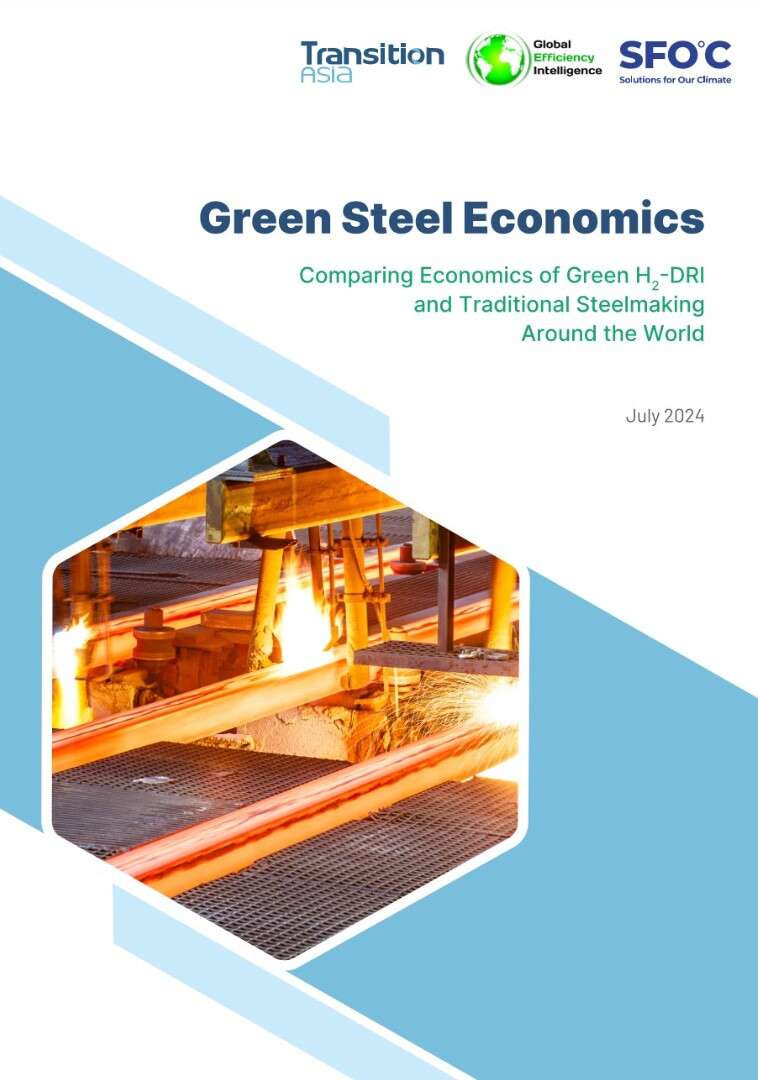Green Steel Economics
The global steel industry accounted for over 7% of global greenhouse gas (GHG) emissions and over 11%
of global CO2 emissions.
The urgency to align with the Paris Climate Agreement’s targets necessitates substantial CO2 reductions in this sector by 2050, with considerable near-term actions
The Hydrogen Direct Reduced Iron (H2-DRI) process utilizing green hydrogen made with renewable/no-carbon electricity
promises significant emission reductions and a transition to greener steel production in the sector.
The adoption of green H2-DRI-EAF steelmaking involves financial considerations varying by country,
influenced by hydrogen costs and carbon pricing mechanisms.
The study assesses the costs of green H2-DRI-EAF steelmaking compared to traditional Blast Furnace-Basic Oxygen Furnace (BF-BOF) and Natural Gas Direct Reduced Iron-Electric Arc Furnace (NG-DRI-EAF) routes across seven major steel-producing
countries, including the U.S., EU, China, Japan, South Korea, Brazil, and Australia. It utilizes a detailed
financial model to calculate the levelized cost of steel (LCOS) using expenses such as capital investments,
raw materials, labor, and energy costs, adjusting for varying levels of hydrogen use. The key questions
answered by this report are: 1) How much is the green steel premium per ton of steel in each country?
2) How much is the green steel premium per unit of final product (car, building, ship) in each country?
3) How different H2 prices and carbon pricing can influence the green steel premium in each country
Hydrogen for Steel




